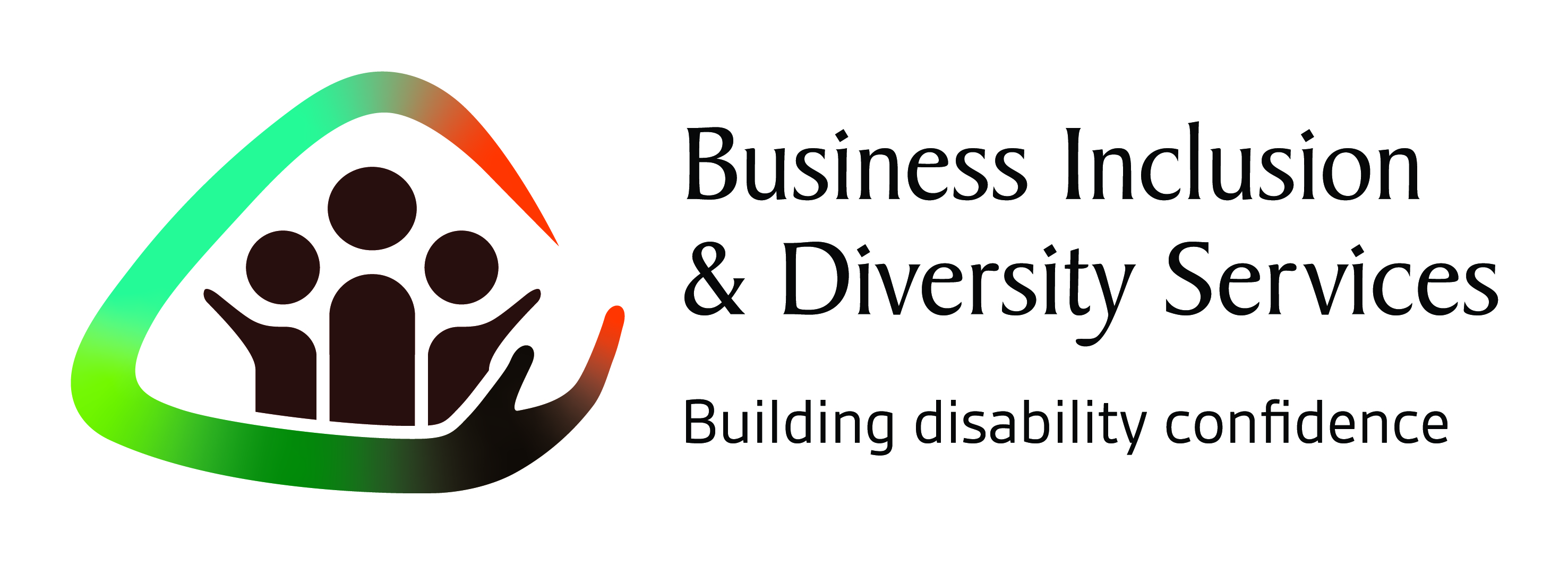
- Do you know how reasonable adjustment for an employee who has disclosed disability is managed in your workplace?
- Are you aware of the financial help available through the Australian Government’s Employment Assistance Fund to assist with reasonable adjustments and related workplace assessments?
- Are you aware of your rights and responsibilities in relation to confidentiality and consent with regard to an employee who has disclosed disability?
A workplace adjustment is a change to a work practice, procedure or the environment to enable a person to perform their role. Reasonable adjustments are a type of workplace adjustment that enables people with disability to perform their role and address the impacts, if any, of their disability.
- Reasonable adjustments are covered under both the Fair Work Act 2009 (Cwth) and the Disability Discrimination Act 1992 (Cwth).
- It’s a good idea to document what adjustments have been agreed upon. This provides assurances for the employee if there is a change in management and demonstrates that your business has acted in good faith. It’s a good idea to review adjustments periodically.
- The majority of reasonable adjustments in the workplace cost very little or nothing at all and can be reimbursed (subject to approval) through the Employment Assistance Fund administered by JobAccess.
Some of the most common reasonable adjustments are:
- Allowing a person with disability to have some flexibility in their working hours, such as working part-time or starting and finishing later
- Moving a person with disability to a different office, shop or site closer to their home or onto the ground floor, or allowing them to work from home
- Moving furniture, widening a doorway or providing a ramp so that a person using a wheelchair or other mobility aid can get around comfortably and safely
- Redistributing some minor duties (i.e. not inherent requirements of a job) that a person with disability finds difficult to do to another team member
- Allowing a person with disability time off during working hours for rehabilitation, assessment or treatment, e.g. physiotherapy or psychotherapy appointments
- Providing additional training, mentoring, supervision and support
- Purchasing or modifying equipment like voice-activated software for someone with a vision impairment, an amplified phone for a person who is hard of hearing, or a digital recorder for someone who finds it difficult to take written notes
- Making changes to tests and interviews so that a person with disability can demonstrate their ability to do the job
- Providing Auslan Interpreters for a person who is Deaf or hard of hearing, or readers who will read out documents for someone with a vision impairment or learning disability
- Modifying disciplinary or grievance procedures.
There may be other adjustments that are reasonable for an employer to make. Sometimes a combination of adjustments will be needed.
Share this